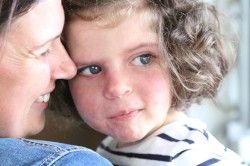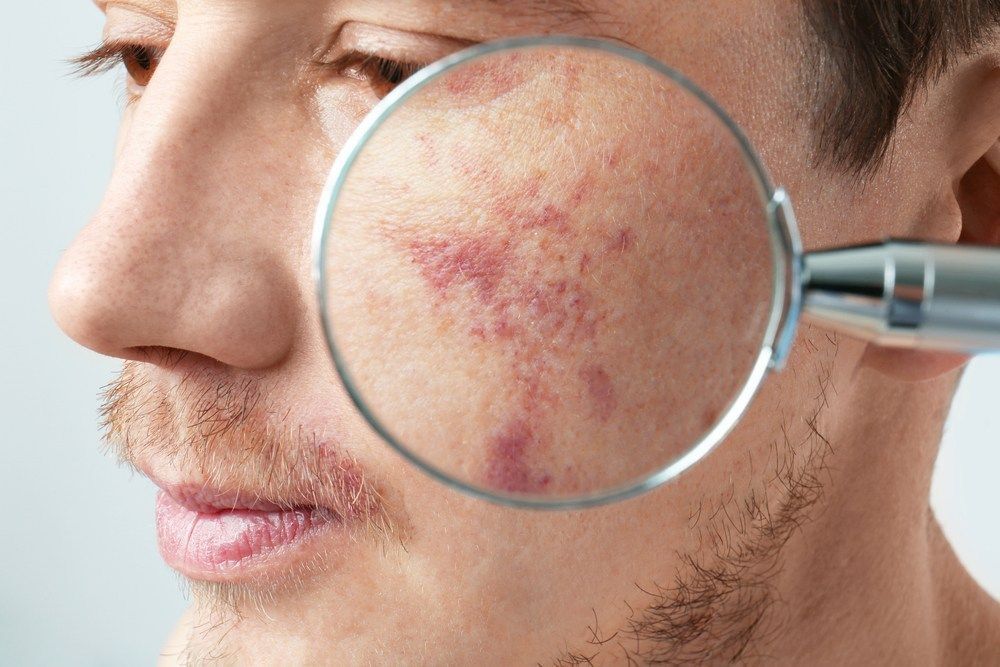
We need your help in taking a critical step toward learning more about our children and adults hopefully identifying effective treatments to help them experience life to the fullest. The online Sturge-Weber International Patient Registry is for individuals diagnosed with Sturge-Weber syndrome (SWS) or who have a Port-Wine Birthmark (PWS) on the forehead and/or eye region.
Establishing the Registry addresses two critical needs. First, scientists studying SWS need accurate, first-hand information to understand how SWS affects people. Second, scientists will be able to find out if there are any SWS patients who might be a good match for their research studies. In either case, scientists will not be able to receive any identifying information about you or your child unless you give explicit consent for your child's identity to be released to a researcher.
We are requesting your participation now. The first step is to read "Understanding Your Participation" at www.swsregistry.org. Then, if you agree to participate in the Registry, you will need to indicate your consent at the bottom of the form and "register" so that you can obtain a login username and password. Once you create this login, you are ready to create a profile in the Registry.
Contact us with any questions.
Please let us know if you need a copy of any information you have already shared with the Foundation that can help you complete your registration and input data and records - we will be happy to provide this information to you.
Detailed information and a Q & A are provided at www.swsregistry.org
Registries and natural history databases are proving to be invaluable tools for patient communities from the beginning to the end of the R&D continuum. From the basic/discovery research stage through clinical trials, approvals, and the post-market environment, they are helping engage patients early, often, and effectively; providing scientists with a better understanding and characterization of diseases; attracting industry partners to well-organized disease groups, and helping educate funding agencies and regulators.
Registries are databases of information on individuals affected by a certain disease or condition. The type of data included in registries will vary depending on the purpose of the registry. Contact registries, which are useful for organizing the disease community and clinical cohorts, include names, contact information, and perhaps some demographics. Registries that are intended to be used for research, often called natural history databases, will also contain substantial clinical information, such as the age of onset, symptoms, medical images, and examination/test results. The type of information included in a registry will vary for each disease.
Contact Registries primarily contain demographic information, most often entered by the patient/patient family, helpful in identifying who the patients are, where they are located, and how they can be contacted. The organization holding the registry can use it to keep the registrants informed of research in which they might want to participate along with contact information for the sites where that research is to be conducted. Because contact registries can be invaluable tools for recruiting subjects for clinical research, they often include enough information on registrants (e.g., DOB, specific diagnosis, ambulation capability, travel restraints, associated conditions such as heart disease, diabetes, etc.). The organization can review such information to predict which registrants are most likely to meet the inclusion/exclusion criteria for each research project and provide these registrants with the contact information for the research site nearest them.
Natural History Registries/Databases contain more extensive clinical information, entered by patient/patient family and/or clinicians, that can be exceedingly helpful throughout the entire therapy development spectrum. Natural history data is essential, for example, in fully understanding and characterizing a disease, determining which symptoms will be most important to patients over time, identifying clinical endpoints effective in measuring changes in those symptoms in clinical trials, searching for biomarkers, selecting subjects best suited for each research project, determining optimal clinical procedures that will be well tolerated by the subjects and will instruct the clinical endpoints, etc.







